All Stories
-
 Climate
ClimateClimate change communication should focus less on specific numbers
Even if nations don’t meet goals to curb global climate change, any progress is better than none.
-
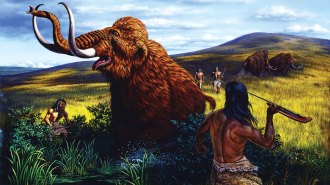 Archaeology
ArchaeologyClovis hunters’ reputation as mammoth killers takes a hit
Early Americans’ stone points were best suited to butchering the huge beasts’ carcasses, scientists contend.
By Bruce Bower -
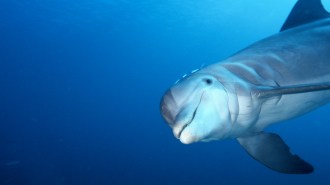 Animals
AnimalsFemale dolphins have a clitoris much like humans’
The similarities suggest female dolphins experience sexual pleasure, which may explain why the species is so randy all the time.
-
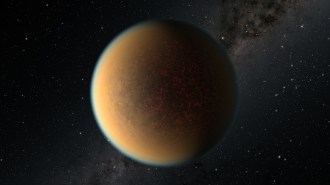 Planetary Science
Planetary ScienceOxygen-rich exoplanets may be geologically active
Experiments show that rocks exposed to higher concentrations of oxygen have a lower melting temperature than rocks exposed to lower amounts.
By Shi En Kim -

-
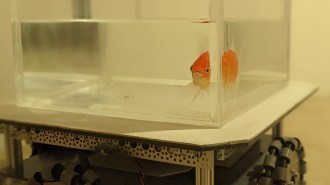 Animals
AnimalsHere’s what goldfish driving ‘cars’ tell us about navigation
When measuring intelligence, the saying goes, don’t judge a fish by its ability to climb a tree. But what about its ability to drive a vehicle?
-

Science explores the nature of time and space
Editor in chief Nancy Shute discusses how science tries to make sense of time and space.
By Nancy Shute -
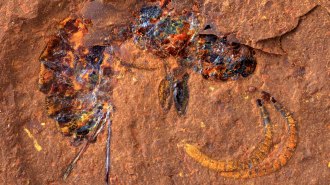 Paleontology
PaleontologySee stunning fossils of insects, fish and plants from an ancient Australian forest
Thousands of fossils at an Australian site show a rare glimpse into the continent’s wetter history over 11 million years ago.
-
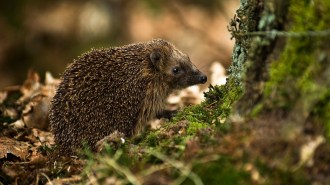 Microbes
MicrobesDrug-resistant bacteria evolved on hedgehogs long before the use of antibiotics
A standoff between bacteria and antibiotic-producing fungi living on hedgehogs may have led to the rise of one type of MRSA some 200 years ago.
-
 Earth
EarthSome volcanic hot spots may have a surprisingly shallow heat source
Mysterious hot spots of volcanic activity in the interior of tectonic plates just got a little stranger.
By Sid Perkins -
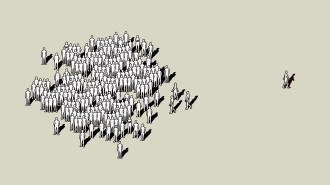 Science & Society
Science & SocietyWhy do some people succeed when others fail? Outliers provide clues
A close look at outliers — people or communities that defy expectations — reveals what could be.
By Sujata Gupta -
 Physics
PhysicsAntiprotons show no hint of unexpected matter-antimatter differences
The ratio of electric charge to mass for protons mirrors that of their antimatter counterparts.